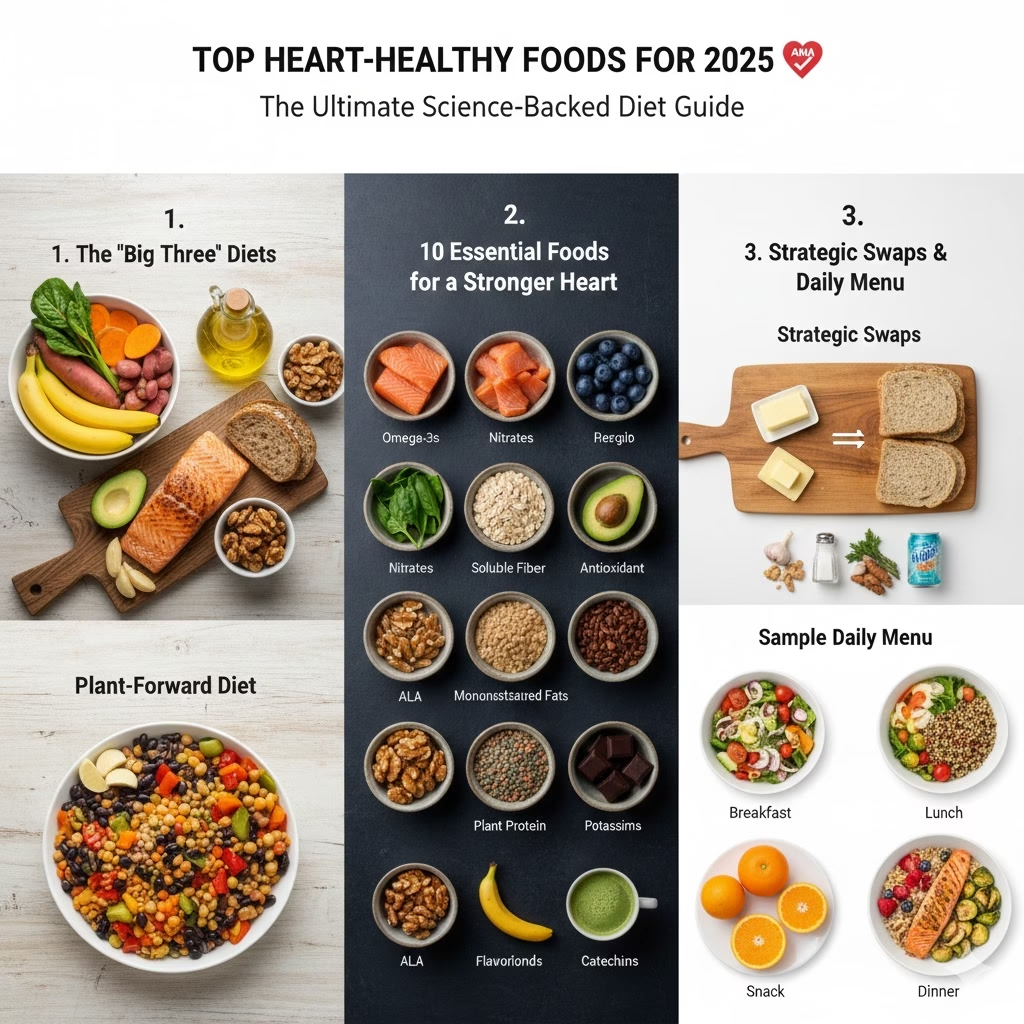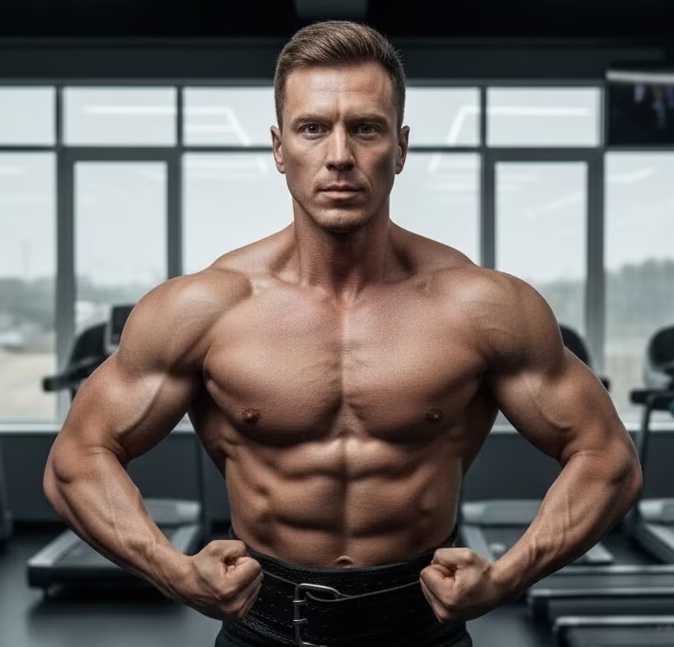
Muscle building isn’t all about how you look in the mirror—it’s also about feeling more powerful, kickstarting your metabolism, and investing in your long-term health. Whether you’re a beginner hitting the gym or an old pro, knowing the facts behind muscle growth can make it happen more quickly and more efficiently. So here are five of the most effective methods to build muscle fast, all supported by expert opinion and the latest research.

5. How Supplements Such as Creatine Can Assist
Supplements are no magic pills, but a few of them certainly aid your progress—and one such best bet is creatine. It is one of the most researched and reliable supplements to gain muscle. According to the Cleveland Clinic, long-term creatine supplementation combined with resistance training can help individuals aged 18-30 build more muscle. Why? Creatine provides your muscles with rapid energy during intense exercise, allowing you to train more intensely and recover quicker.

Within four to twelve weeks, the majority of individuals add two to four pounds of muscle when taking it in conjunction with a good workout program. It’s generally safe for healthy adults, but always consult your physician before embarking on any supplement, particularly if you do have health conditions.

4. Why Nutrition and Protein Are So Important
Weightlifting creates the stimulus—but your muscles build during rest, fueled by what you consume. Consuming slightly more calories than you expend, with an emphasis on protein, is important for muscle development. By PureGym, you’re recommended to have at least 1.4 grams of protein per kilo of body weight, per the guidelines of the International Society of Sports Nutrition.

Good protein sources are lean meat, dairy, eggs, legumes, and protein powders if necessary. Don’t forget about carbs—they provide you with the energy to annihilate your workouts. If you’re vegan or vegetarian, plant-based protein sources such as lentils, beans, and tofu are still going to work just fine for you; you may just have to get a little more creative with meal planning.

3. Full-Body Workouts vs. Split Routines—What Works Best?
There’s no one “best” way to plan your workouts. Full-body and split routines can both be very effective. A study from the National Library of Medicine found that both approaches led to similar gains in muscle size and strength among beginners. What matters is that you’re training each muscle group at least twice a week and keeping your total weekly training volume in line with your goals.

Split routines—such as push/pull/legs—allow you to truly concentrate on specific muscles per session, but full-body workouts are wonderful if you don’t have much time or need to hit everything more often. Most importantly? Choose a plan that accommodates your life and adhere to it.

2. Why Progressive Overload and Compound Movements Work So Well
Muscle growth is born out of challenge. Progressive overload—the increasing of weight, reps, or intensity over time—is the key to making progress. And when selecting exercises, compound lifts must be your cornerstone. Movements such as squats, deadlifts, bench presses, and rows hit multiple muscle groups at the same time, which makes them absolutely awesome at adding size and strength.

PureGym recommends prioritizing those big lifts and filling out the gaps with isolation exercises (such as curls or leg extensions). Shoot for 3-4 sets of 8-12 reps, and advance the difficulty when it all becomes too easy. Challenge leads to change.

1. Consistency, Rest, and Monitoring Progress
Here’s the actual secret to muscle building: keep coming back. Consistency trumps any particular supplement or training split. It often takes six to twelve weeks of regular training to start seeing noticeable changes, so don’t get discouraged if results aren’t instant. Recovery is just as important as your workouts—your muscles need time to repair and grow.

PureGym recommends waiting at least a day before training the same muscle group again and taking at least one full rest day each week. Monitor your workouts, observe how your body is changing, and mark the small victories along the way. Whether lifting heavy or high rep, the most important thing is challenging yourself with proper form and being consistent.














